Myford Lever Action Tailstock Design and Build
Why make one when I can make two?
| Hopper | 12/04/2022 22:58:34 |
7881 forum posts 397 photos | Well spotted there Bernard. I was relying on ancient memory and should have said 6 degrees, not 6.5 -- being the closest practicable setting. It does work very well though. I was playing around with the 14.5 degree setting when making the pivot bolts and it gives a very nice fine control over the finished size straight off the tool. Much more so than my old ML7 will achieve the "normal" way. It is definitely not as precise as my old Drummond in this regard. I don't know why. Perhaps Myford's fibre washer on the end of the feed screw as a thrust washer whereas the Drummond is metal-to-metal? I keep meaning to make a bronze washer to go in there. I have seen a roller thrust bearing conversion that can be done, but it looks to me like one has to remove a lot of metal from the cross slide end bracket, thus weakening an already flimsy Mazak component in order to fit it, so not keen on that idea. Hopper |
| Hopper | 14/04/2022 12:35:13 |
7881 forum posts 397 photos | Milling BS Hexagons in the Lathe This little exercise is a good example of how if you have more time than money, or sense, you can do almost anything with almost nothing. The problem: To mill 5/16 BS sized hexagons on to the three pivot bolts. The gear: I am still saving up for that Sieg SX3 milling machine, so no mill. I do have a GH Thomas Versatile Dividing Head, but it really is too big to fit in the Myford or on the vertical slide and with a chuck mounted on it, overhang is riduculously unstable, and the vertical slide makes it worse. Plus you can't get it below centre height on the lathe which makes things even more awkward. So scratch the VDH. Until I can get around to making the badly needed collet set that fits up inside the spindle to give no overhang at least.
The Method So, the "temporary" method I have used before and pressed into service yet once again is to clamp the job to the vertical slide using a T slot to hold and locate the round job, a sort of jury rigged V block effect. Then start off by milling one flat to full depth, ie job OD minus the hexagon AF divided by 2. Then once the first flat is milled, I turn the job around 180 deg and use a try square to set that flat dead vertical again on the other side. Note that the try square stock is held firmly against the small flat on the job and the long blade used to see when things are sqaure to the cross slide surface. Any error at the flat is very small this way. If you just plonk the square down on the cross slide in the obvious way, then try to align that tiny flat on the job to the square, error will be much greater. Any how, second cut was successfully made and checked with a spanner for fit all good. The standard dimension for a BSW 5/16 hexagon across the flats is a nice round, logical, easy to remember .601". Apparently Mr Whitworth based his hexagon dimensions on whatever size across the POINTS fitted into the limited range of round bar black bar available, after the OD had been machined down to clean off the mill scale and inconsistencies. So there perhaps was once some method in the madness. But I can't find a reference for that story... So that was the easy first two parallel flats done. As usual set up time was ten times actual machining time, and it got worse after this.
Edited By Hopper on 14/04/2022 12:40:57 Edited By Hopper on 14/04/2022 12:46:01 |
| Hopper | 14/04/2022 12:37:16 |
7881 forum posts 397 photos | Milling Hexagons in the Lathe, cont.
Indexing To set the angles for the rest of the hex, I had a choice of equipment: A protractor and my uncle's old 1940s apprenticeship draughting kit, including metal set square with the needed 30 degree angle. I have used this a number of times before with success but it can be fiddly to fit in around the job and the cutter and the chuck and so on. Or, dragged kicking and screaming into the 21st century I lashed out $20 on a magnetic digital protractor that can be set to zero to match the cross slide surface. It's just like having CNC! Almost The more recent stainless protractor at the top was scratched as too easily moved out of position during the wrangling it in and out of the job space. And the easy-to-use set square just would not fit in this job situation. Trying to line up the tiny flat on the job with the set square just could not happen. Interference issues in every direction I tried to move. It's a doddle with large 1" AF hexes etc but not this one. I put the two nuts locked onto the end of the job so I could use a spanner to finely rotate the blank to the desired position. That part worked really well. So it was out with the digital protractor. A tiny movement of the spanner at the end gave movement of the job in the region of one tenth of a degree. So I did finally get it set to 30.00 degrees. Not that it is very critical in this case. While the flats are specced at .601" AF, the spanner I have range from .610 to .619 across the jaws so plenty of slack to take up any errors. And measuring a few mass produced 5/16 BS nuts and bolts revealed they vary from .585 to .605 AF. Production tolerances, not toolmaker's tolerances. So that allowed me to mill the next flat. And then on with the same to do the next. The magnet in the digital protractor was not strong enough to grip the small flat, so a bit of careful finger pressure was required to hold it steady. Don't think I will be asking for my $20 back though. It still worked a treat. And repeat until all six flats were finished. And result! A ring spanner slips on like a glove, despite my dodgy methodology. ( I actually cheated and made the hex .608" AF so my spanner is a very nice neat fit without too much slop. This is not a mass produced fastener!) I am very please with that.
So that's the easy one done. Next I will do the blank of two bolts together then part them off after the hex is milled. But exactly the same procedure.. All will then need the heads turning down to correct thickness and the 30 degree chamfer put around the top of the hex so it does not rip up hands or tools. Edited By Hopper on 14/04/2022 12:41:43 Edited By Hopper on 14/04/2022 12:42:30 Edited By Hopper on 14/04/2022 12:44:23 Edited By Hopper on 14/04/2022 12:52:30 |
| Hopper | 17/04/2022 09:11:05 |
7881 forum posts 397 photos | Got the three pivot bolts done and dusted. To finish them off nicely, I oil-blackened them. Quite pleased with the way they came up.
OIl blackening was done by heating them up until they turned black or a very dull red, then dropped into a tin of unused motor oil. I made a little hearth for the heating process. Tin of oil was kept well away on another bench, with fire extinguisher to hand.
The hearth was made from AAC blocks, which I have not used before. They are Autoclaved Aerated Concrete and cost about $5 each from our local hardware store. Living in the tropics where nobody has fireplaces or furnaces, proper firebricks or refractory blocks simply are not available. These seem to work really well though. I was worried they might snap crackle and pop under the heat of the torch, so wore my best safety glasses and kept my face out of there as much as i could. But as you can see, the block can glow red hot without any dramas. And you can hold your hand on the other side of the block, so not much heat being wasted heating up the block as happens with solid firebricks. It only took a minute or two to get each bolt and the link glowing dull red. Another minute or two and they would have been cherry. But no need for that hot for simple blacking. Cutting the blocks in half to make the hearth was dead simple. Scored a line around the circumference with the point of a chisel, just held by hand and dragged. Then whacked on the line with hammer and chisel once and the block split perectly along the line. Very handy. The blocks are very light, sort of like styrofoam or meringue made from concrete.Must be 90 per cent air or so. They are used in buildings for fire safety insulation between sections, thermal insulation in general, and sold locally for building barbecues from.
That little propane torch is the best $10 I ever spent at a garage sale. And it came with a full bottle of gas, which so far has lasted about 10 years. Obviously I don't use it much but when I do, it is worth its weight in gold. Handy for heating motorbike alloy casings to get bearings in and out, or for hardening and tempering silver steel components such as the axles on the knurling tool I made some time ago. A little bit of gas seems to go a very long way.
So all that's left now is the final assembly and start drilling holes!
Edited By Hopper on 17/04/2022 09:22:57 |
| Hopper | 19/04/2022 11:29:33 |
7881 forum posts 397 photos | Finally got out in the shed for an hour today and put it all together and actually drilled some holes. Result! And very nicely it works too. I like it particularly for centre drilling. Makes "pecking" much quicker and easier so you can bang it in pretty quickly and whip it out if it starts to complain. Likewise, very nice for small drills, although have not gone smaller than 1/16" at this stage. . Gives a good "feel" with the handle fully extended. I had thought half extended might be better for small drills, but seems the other way round. Longer handle gives more force with less effort, but more sensitive feel. , Also really good for drilling a 1/4" hole a couple inches deep. Again the rapid "pecking" motion is much easier and quicker than with the handwheel. And it smashed a 13/16" (that's about 20.6mm) drill bit through there like it was butter. The half-inch diameter handle seemed to stand up well with a tiny bit of flex, but less than the handles on my drill press so I am happy with that. Glad I made the sliding version though. Nice to tuck it out the way when not in use. The whole contraption looks like it has always been on there and not like some homemade afterthought, which was exactly the desired result. Very pleased I made the extra effort. It was worth it -- in the end! But I may take a little break before starting on the small sensitive drilling attachment from the 1929 drawings. A big thanks to all those who contributed measurements, knowledge, ideas, articles and the like on this and related projects. I couldn't have done it without that vital input. And Noel many thanks for taking time out to get me "just one more measurement" several times! So look out for the full and complete drawings to be published in MEW in a future issue. (Can anyone suggest a good pencil to use?
PS. Notice that shiny little brass button there? That is perhaps proof that a good tradesman is not necessarily the one who does the perfect job every time, but knows how to cover up his clangers when he drops them. When I changed from the Plan A of the earlier threaded rod type of depth stop, and went instead with that later-type plain bar and small lock screw, I was left with an unwanted 1/4" UNC threaded hole already in the quill clamp. It looked rather lonely sitting there by itself for no good reason. So the piece of brass was turned down on one end and threaded and screwed into the hole. "Softens the impact of the stop without damaging the casting, sir. All the better ones do it." And look at that little ball handle in the last pic. Absolutely gorgeous. The cherry on top.
Edited By Hopper on 19/04/2022 11:32:52 Edited By Hopper on 19/04/2022 11:37:29 |
| Dave Wootton | 19/04/2022 13:44:29 |
| 505 forum posts 99 photos | Lovely work and an excellent write up, makes me want to make one and I haven't got a ML7!!! but do feel inspired to make a ball handle for my saddle lock. Good luck with finding the correct pencil, I now know how critical these things can be, but after sticking a scriber in my finger yesterday I might be safer with crayons. Dave |
| ega | 19/04/2022 14:23:13 |
| 2805 forum posts 219 photos | Hopper: Congratulations on finishing the job! I hope that this thread and forthcoming MEW article will encourage others to adopt lever (or rack) feed. Two points about the brass button: Does it limit the travel of the ram? If you sometimes use gauge blocks to set the depth won't the button indent over time and affect the accuracy? A hardened button could be substituted. |
| Rod Renshaw | 19/04/2022 16:38:38 |
| 438 forum posts 2 photos | Thanks for this thread Hopper. Much more pleasant to read than watch a You tube type video. And such a good result, quite inspiring. Rod |
| bernard towers | 19/04/2022 19:19:47 |
| 1221 forum posts 161 photos | Hopper the depth stop bar on the original has a flat machined all along it, so it moves freely in the hole regardless of burrs raised by the screw. |
| David Davies 8 | 19/04/2022 22:41:02 |
202 forum posts 1 photos | Hi Hopper the device does indeed look as if it has always been on the lathe and the ball handled lever finishes it all off perfectly. BTW Prof Chaddock describes making the ball handled levers for the Quorn in his book using a form tool to produce the balls. Brave man! Thanks for a great read. Cheers Dave |
| Hopper | 19/04/2022 23:32:26 |
7881 forum posts 397 photos | Thanks guys. Glad you enjoyed sharing in my shenanigans. DW yes you have to watch those scribers. Rather surprising they don't come with an EU mandated cork stuck on the end these days. Ega, all part of the design. The brass button does not limit travel, as the quill clamp is machined down to half thickness there and the brass just brings it back to full thickness. The later clamp was left full thickness in that area. Hardened button? I suppose if you were doing lots of repetition work, like making all your own BA fasteners for a loco etc in conjunction with a tailstock rotary turret attachment it could be a good idea. But I don't expect to use it that much. I can't remember ever needing to measure the depth of a drilled hole with any more accuracy than the graduations on the quill gave, so I reckon it will do me ok. Rod, thanks. I too am not a great video person. Glad there are still some other readers left in the world! Bernard, there is a flat on the stop bar. It just does not show in the photo. Pics earlier in the thread somewhere show how I filed it on there rather than milled. It's not quite the same depth as the original Myford but I think it looks the part and works fine. The end of the lock screw is machined to suit and minimise dents left in the bar. The a bar is made from a stainless rod out of an old printer but is actually surprisingly soft for stainless. DD8, the old Prof was a braver man than I with his form tools. Sounds like chatter city to me. But he doubtless knew his stuff so might be worth a try sometime. Probably only worth the work of making such a wide form tool if you are making multiple ball lever handles, which I guess you are on the Quorn.
Cheers all. Pete
|
| Swarf, Mostly! | 20/04/2022 09:47:49 |
| 753 forum posts 80 photos | Posted by Hopper on 19/04/2022 23:32:26:
Thanks guys. Glad you enjoyed sharing in my shenanigans. SNIP!DD8, the old Prof was a braver man than I with his form tools. Sounds like chatter city to me. But he doubtless knew his stuff so might be worth a try sometime. Probably only worth the work of making such a wide form tool if you are making multiple ball lever handles, which I guess you are on the Quorn. Cheers all. Pete Regarding ball handles and form tools: There's a video on the web somewhere showing the use of a form tool to shave a ball handle. I've linked on this forum to that video a few times but, owing to a 'Reset Windows 10' catastrophe, I can no longer find the reference. It was stated that the shaving technique is often used in industry. From memory, the shaving form tool doesn't cut all at the same time but engages the workpiece progressively as the feed advances. It's quite fascinating to watch. Calculating the profile of the form tool must be quite complicated because the angle of presentation is non-intuitive. Best regards, Swarf, Mostly! |
| noel shelley | 20/04/2022 10:02:20 |
| 2308 forum posts 33 photos | Hi Pete, It was a pleasure to offer what help I could, that what's I view this site as and for. The job looks great ! The brass pad was divine intervention ? In my innocense when I bought mine I failed to realise that it needed a long barrel for the tailstock - this was missing ! One day I will get round to making one ! Best wishes Noel |
| Hopper | 20/04/2022 10:10:49 |
7881 forum posts 397 photos | Thanks Noel. Yes the help I have had off this site in years is priceless. Yes divine inspiration to get rid of that hole and dress it up with a bit of brass at the same time. Long barrel for the tailstock?? Is that the round ring the S7 needs in the pics I have seen?
Swarf Mostly: Don't you just love Windows 10 and its "upgrades"? I can usually tell when one is coming up, my computer slows down for half a day while it downloads then announces I need a restart. Grrrr! I do vaguely remember something about shaving form tools now you mention it. Basic principle sounds right, it cut on different parts as it was fed in but can't remember how it was executed in practice. I shall have to have a bit of a look around for what I can find. It was probably common practice on the capstan lathes of yore cranking out metal widgets before plastic took over. But that generation of toolmakers and toolsetters is just about gone I am afraid. And with them the knowledge. |
| Hopper | 21/05/2022 11:03:43 |
7881 forum posts 397 photos | Posted by Hopper on 31/03/2022 11:07:54:
Which brings to mind the ball that goes on the end of the handle. Looks in some pics like it would be 1-1/2" diameter, in others maybe a little smaller. And some pics seem to show a taper on the lever leading up to the ball. I will probably order a bag of five 38mm (1-1/2" ) black plastic machine knob balls off eBay for peanuts. .But they will have to come from Hong Kong and there is a two month imports backlog at Customs due to Covid. We are sort of at the peak of the Covid wave right now that the UK went through some months back. Hey look at what arrived in the mail today: It only took 7 weeks! But now I am quite used to using the aluminium "temporary" ball I made, so will not bother to rethread the handle to fit one of these. I have a couple of other projects in mind that I can use them on. (Leadscrew dog clutch being one of them.) Meanwhile, I have been giving the new lever tailstock a good workout, and I am loving it. Have been drilling many holes in the lathe ranging from about 1/16" to 11/16" for various jobs and some small sensitive centre drilling too. Once I got used to not having the handwheel there to grab to slide the tailstock along the bed, the lever version seems to be superior for all purposes, whether drilling, tapping, running a live centre or a dead centre etc. So the lever has officially become a permanent fixture on my lathe. In fact, I like it so much I have made good progress on making a little brother for it, using a 0-4mm chuck for extra small sensitive drilling jobs, and a taper spindle that can be quickly whacked in and out of the tailstock quill when and as needed. |
| ega | 21/05/2022 11:12:10 |
| 2805 forum posts 219 photos | Hopper: It's good to know that your project has worked out well in practice and to be hoped that it will inspire others. May I ask what length of travel you achieved with your lever feed? I saw a suggestion that 94mm was possible but I don't get anything like this with my Super 7 version. |
| Hopper | 21/05/2022 11:21:28 |
7881 forum posts 397 photos | Thanks ega. Length of travel on my lever tailstock is about the same as with the standard arrangement, maybe a half or quarter inch or so less. The quill has to stick out the back of the tailstock casting that little bit for the quill clamp to grip on to. But it will extend the quill out beyond the engraved lines on the quill, which I think is two or two and a half inches. Which is plenty for me. You can always slide the tailstock along for deeper holes. You could probably get a half inch or bit more out of it by making a stepped quill clamp that slid inside the tailstock body recess where the original handwheel fitted. But it's not something I thought important at the design stage. I think to get anything like 94mm you would have to use the capstan style tailstock with the rack and pinion mechanism and lot longer quill. Someone mentioned making one of tose out of a small car rack and pinion steering box. But that's a whole nuther can o' worms! |
| ega | 21/05/2022 12:41:32 |
| 2805 forum posts 219 photos | Hopper: Thank you. I get about the same travel as you and think that the 94mm I saw must have been a mistake. With rack and pinion, of course, the travel is potentially only limited by the available space. |
| Hopper | 30/12/2022 11:32:56 |
7881 forum posts 397 photos | And here it is, front page of Model Engineers Workshop 323. Our 15 minutes of fame at last. Thanks again to all those who contributed knowledge and dimensions, and encouragement, and made it possible. One little update after seven months of use: The lever tailstock is still a permanent fixture on my ML7. Never had need or even thoughts of changing back to the old handwheel. The lever works a charm for everything I do. I am glad I went with the sliding handle version, partly so it can be tucked out of the way when not in use, but also so it can be used short for small drills and gives great sensitivity and fast pecking action. 100 per cent chuffed with the whole thing. Well worth the effort of making. |
| Douglas Johnston | 06/01/2023 11:24:23 |
814 forum posts 36 photos | Hi Hopper - very much enjoyed reading your article in the latest copy of MEW and have been inspired to make one for my Myford Speed 10. I may have to alter the odd dimension to fit the Speed 10 but it looks like it will work. One thing you did not mention in the article was the hole spacing on the flat bar link, what did this turn out to be ? Doug |
Please login to post a reply.
Want the latest issue of Model Engineer or Model Engineers' Workshop? Use our magazine locator links to find your nearest stockist!
Sign up to our newsletter and get a free digital issue.
You can unsubscribe at anytime. View our privacy policy at www.mortons.co.uk/privacy
- *Oct 2023: FORUM MIGRATION TIMELINE*
05/10/2023 07:57:11 - Making ER11 collet chuck
05/10/2023 07:56:24 - What did you do today? 2023
05/10/2023 07:25:01 - Orrery
05/10/2023 06:00:41 - Wera hand-tools
05/10/2023 05:47:07 - New member
05/10/2023 04:40:11 - Problems with external pot on at1 vfd
05/10/2023 00:06:32 - Drain plug
04/10/2023 23:36:17 - digi phase converter for 10 machines.....
04/10/2023 23:13:48 - Winter Storage Of Locomotives
04/10/2023 21:02:11 - More Latest Posts...
- View All Topics
- Reeves** - Rebuilt Royal Scot by Martin Evans
by John Broughton
£300.00 - BRITANNIA 5" GAUGE James Perrier
by Jon Seabright 1
£2,500.00 - Drill Grinder - for restoration
by Nigel Graham 2
£0.00 - WARCO WM18 MILLING MACHINE
by Alex Chudley
£1,200.00 - MYFORD SUPER 7 LATHE
by Alex Chudley
£2,000.00 - More "For Sale" Ads...
- D1-3 backplate
by Michael Horley
Price Not Specified - fixed steady for a Colchester bantam mark1 800
by George Jervis
Price Not Specified - lbsc pansy
by JACK SIDEBOTHAM
Price Not Specified - Pratt Burnerd multifit chuck key.
by Tim Riome
Price Not Specified - BANDSAW BLADE WELDER
by HUGH
Price Not Specified - More "Wanted" Ads...
Do you want to contact the Model Engineer and Model Engineers' Workshop team?
You can contact us by phone, mail or email about the magazines including becoming a contributor, submitting reader's letters or making queries about articles. You can also get in touch about this website, advertising or other general issues.
Click THIS LINK for full contact details.
For subscription issues please see THIS LINK.
Model Engineer Magazine
- Percival Marshall
- M.E. History
- LittleLEC
- M.E. Clock
ME Workshop
- An Adcock
- & Shipley
- Horizontal
- Mill
Subscribe Now
- Great savings
- Delivered to your door
Pre-order your copy!
- Delivered to your doorstep!
- Free UK delivery!

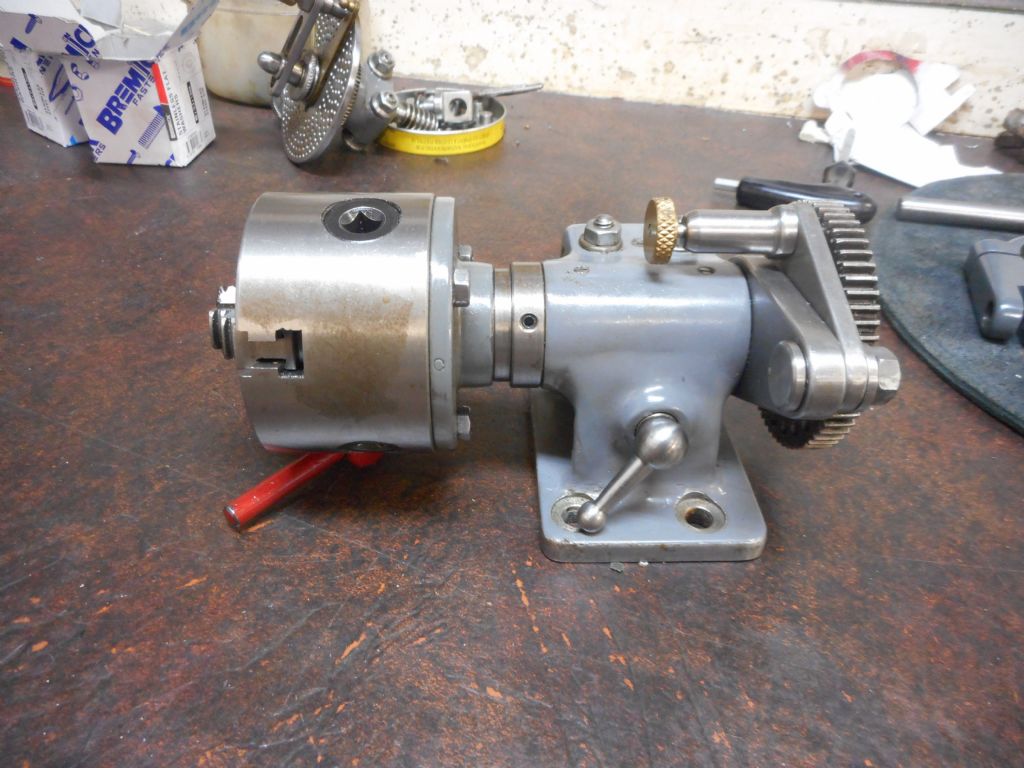
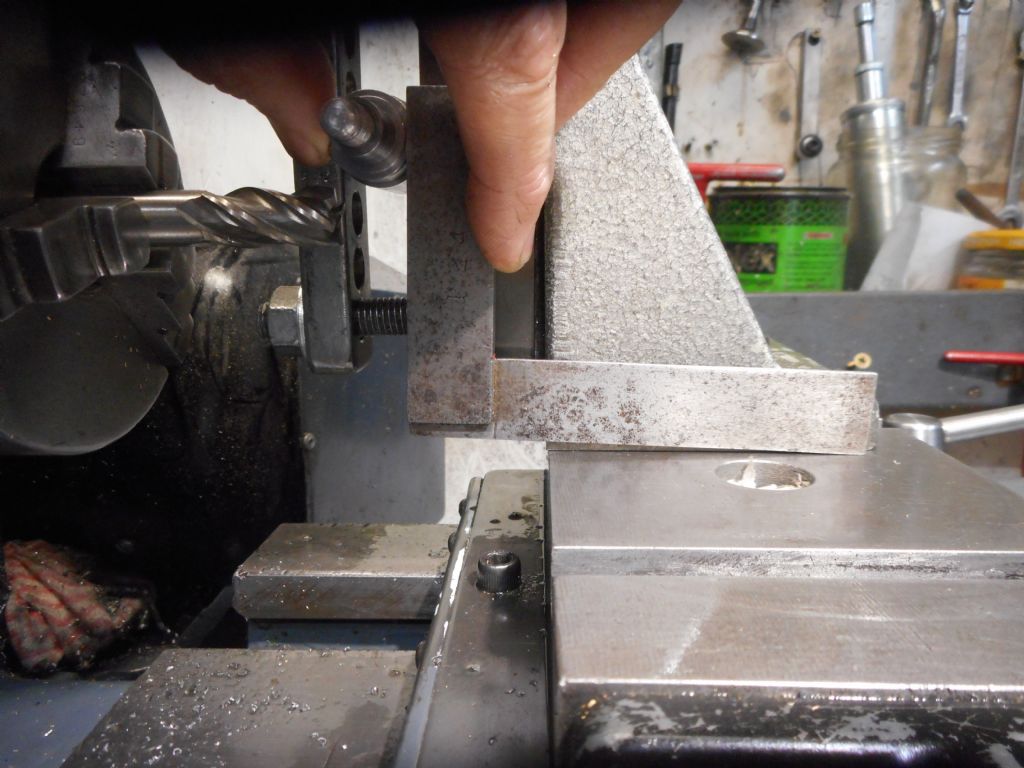
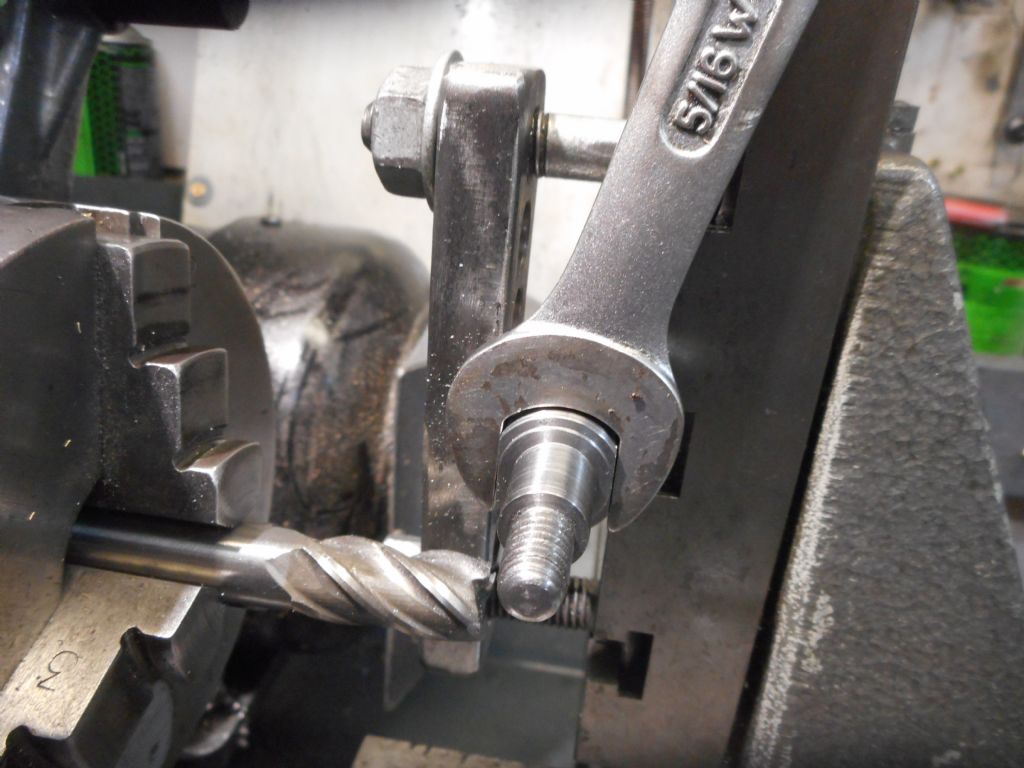
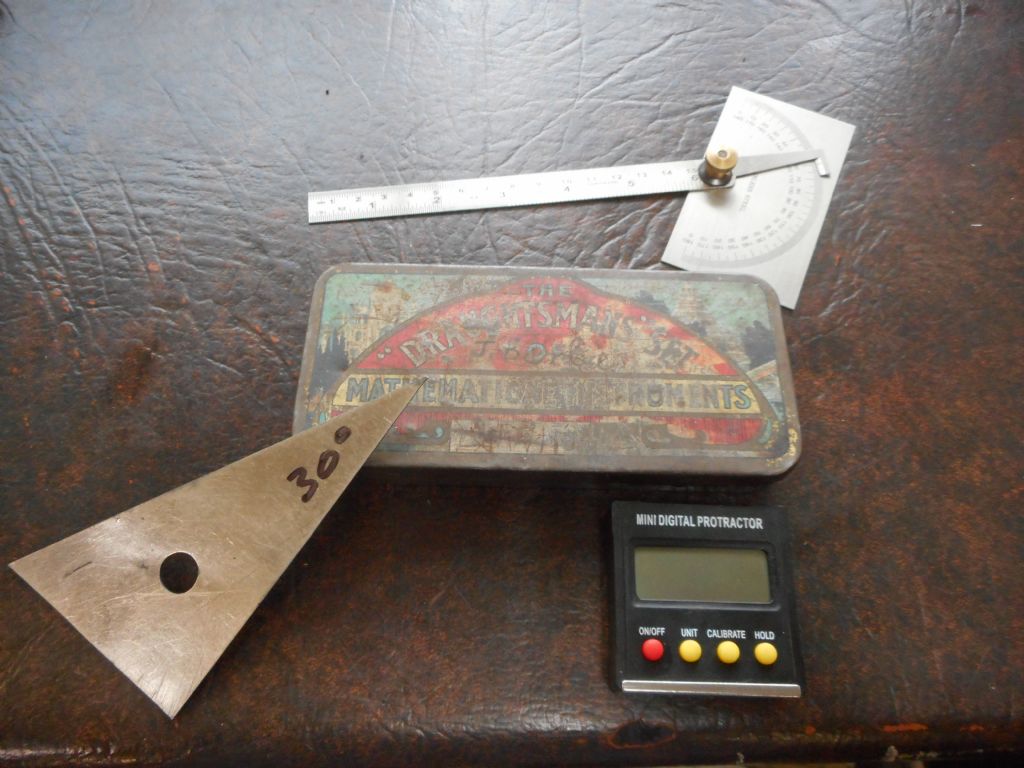
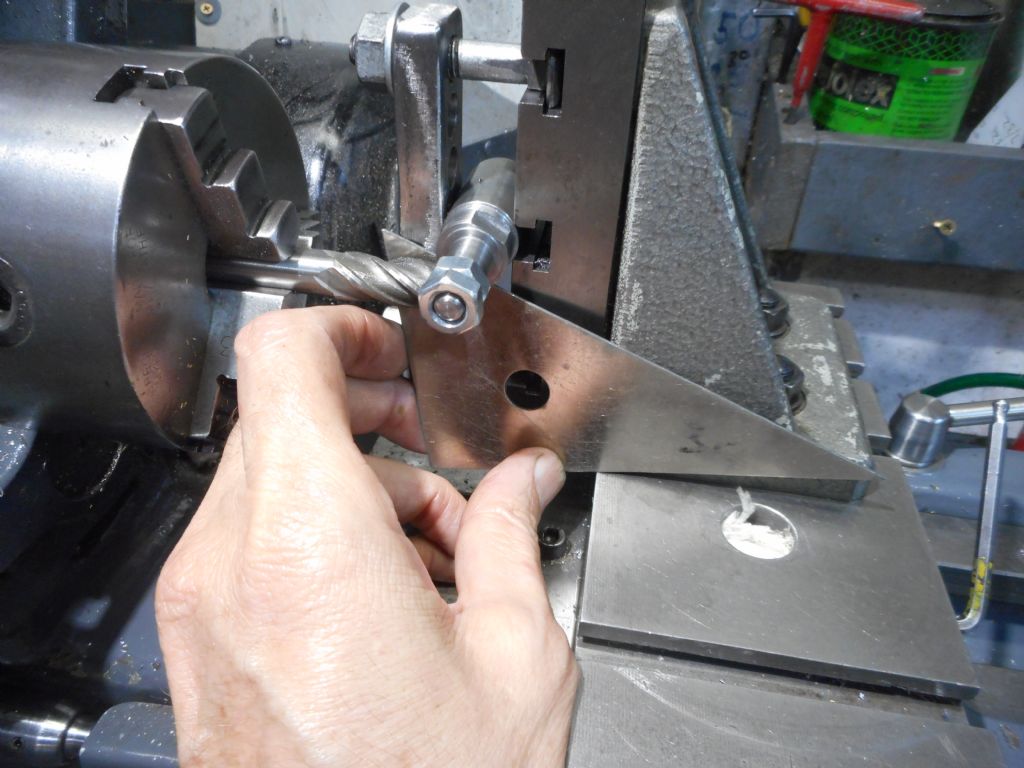
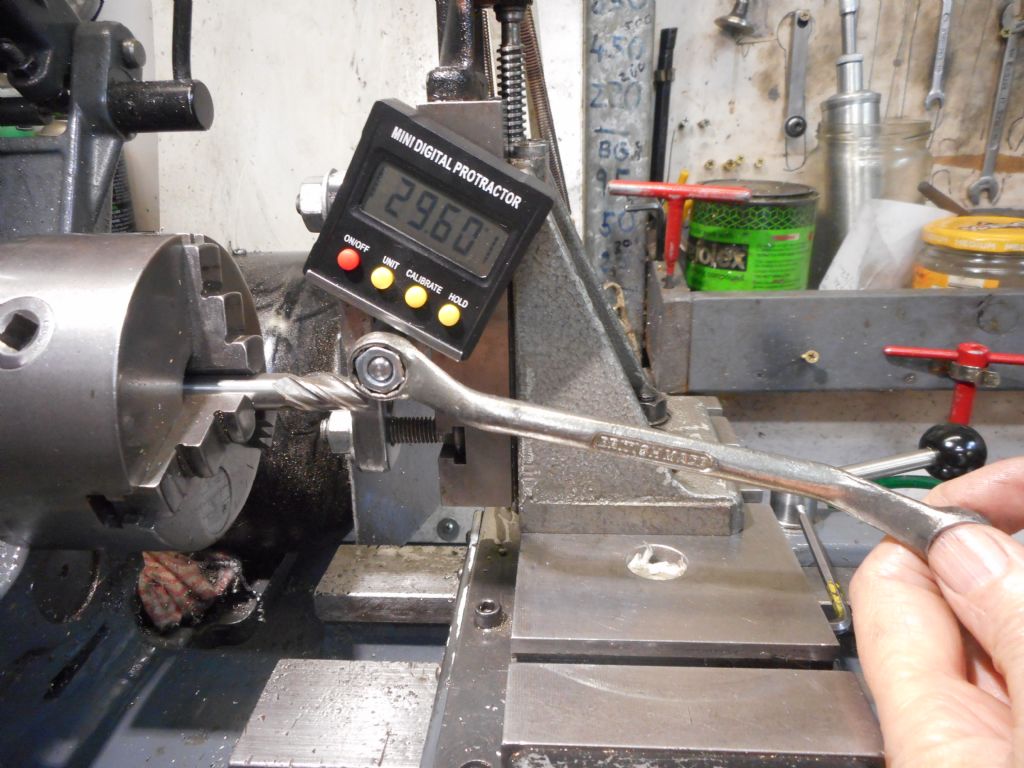
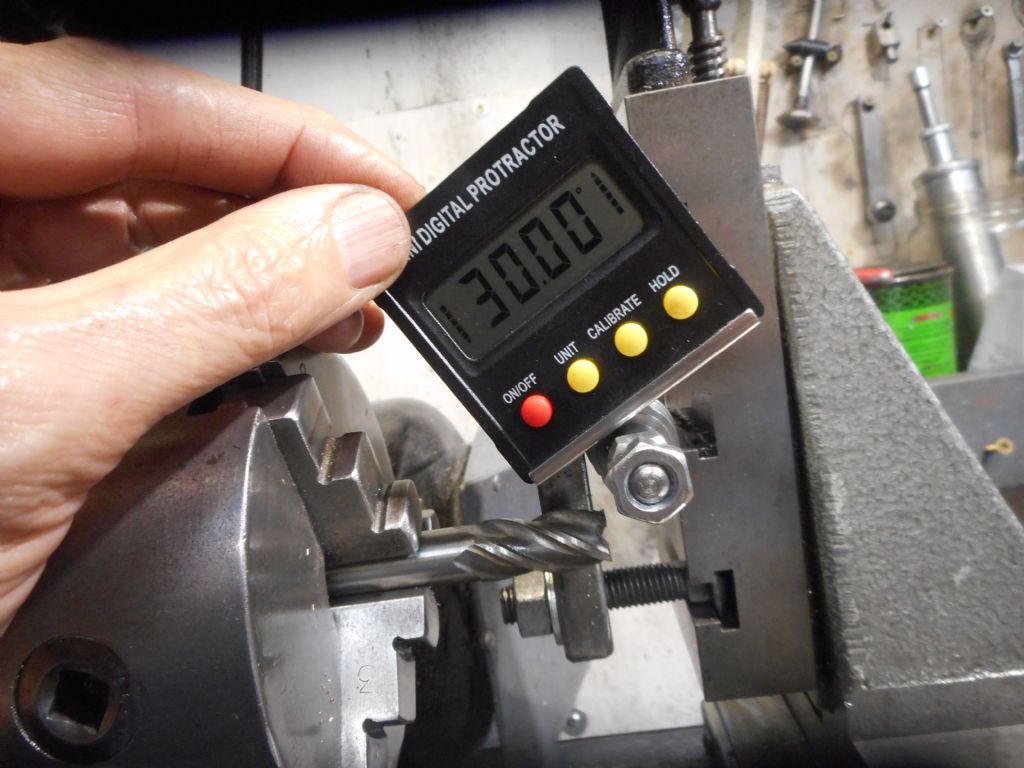
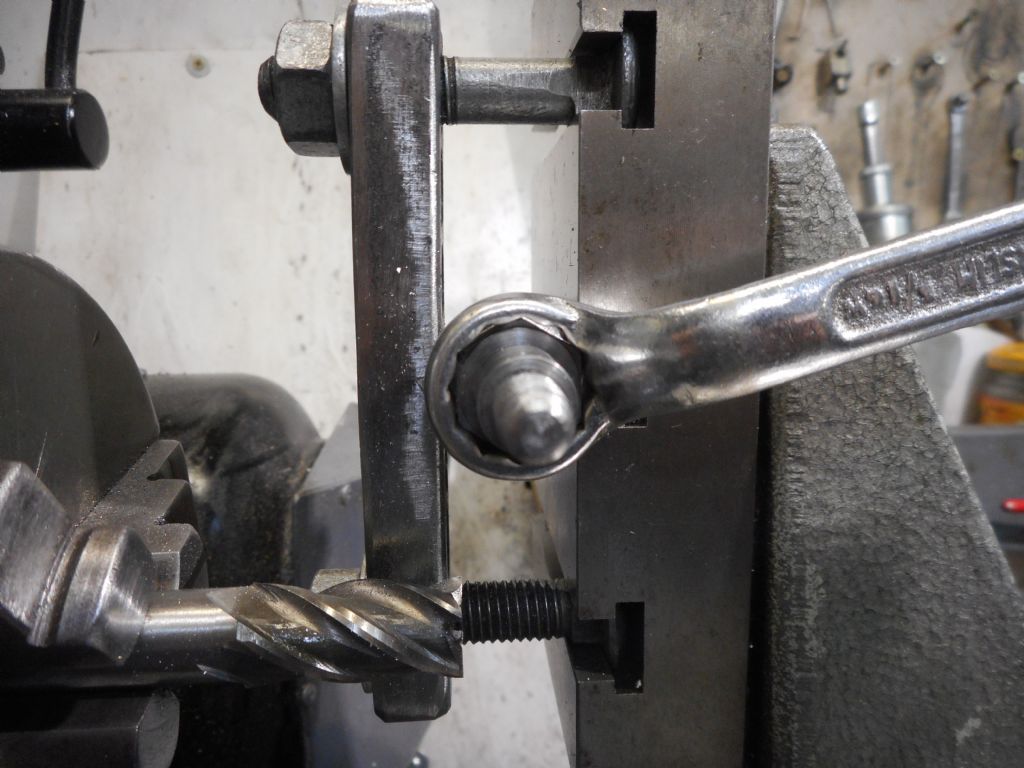
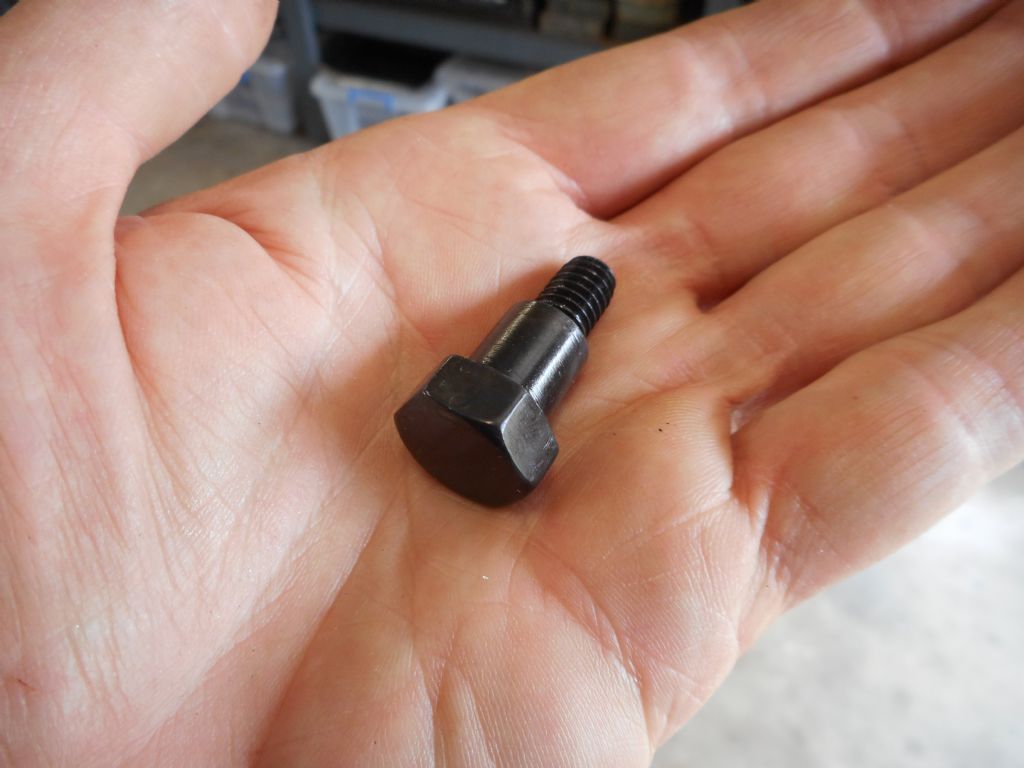
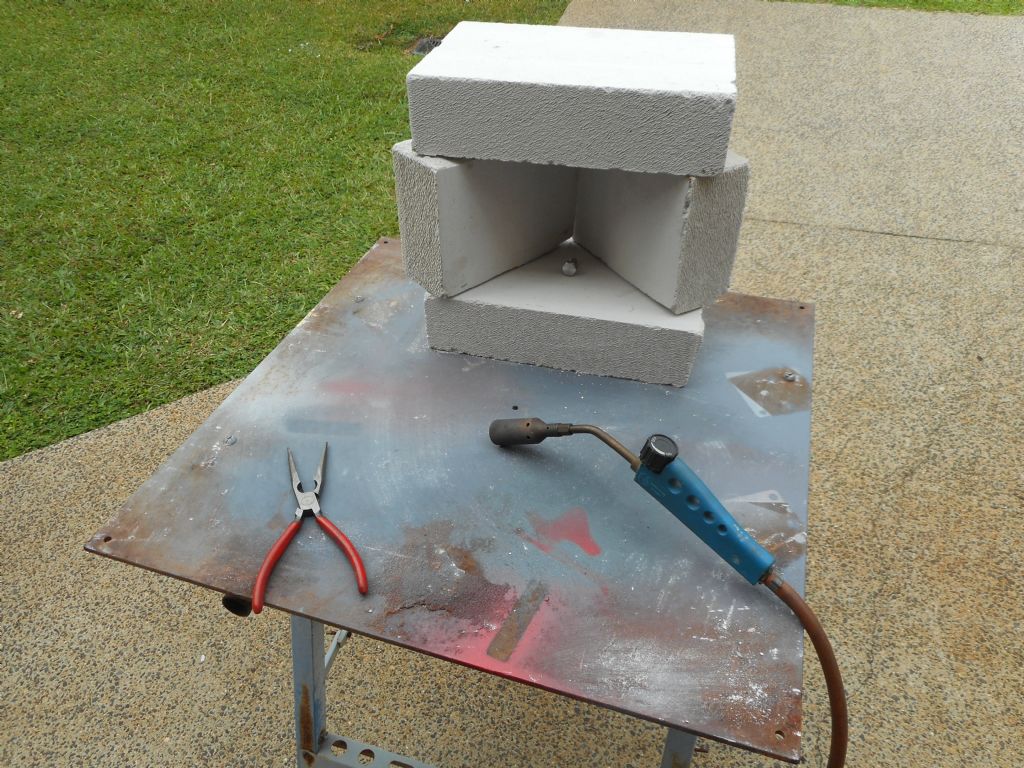
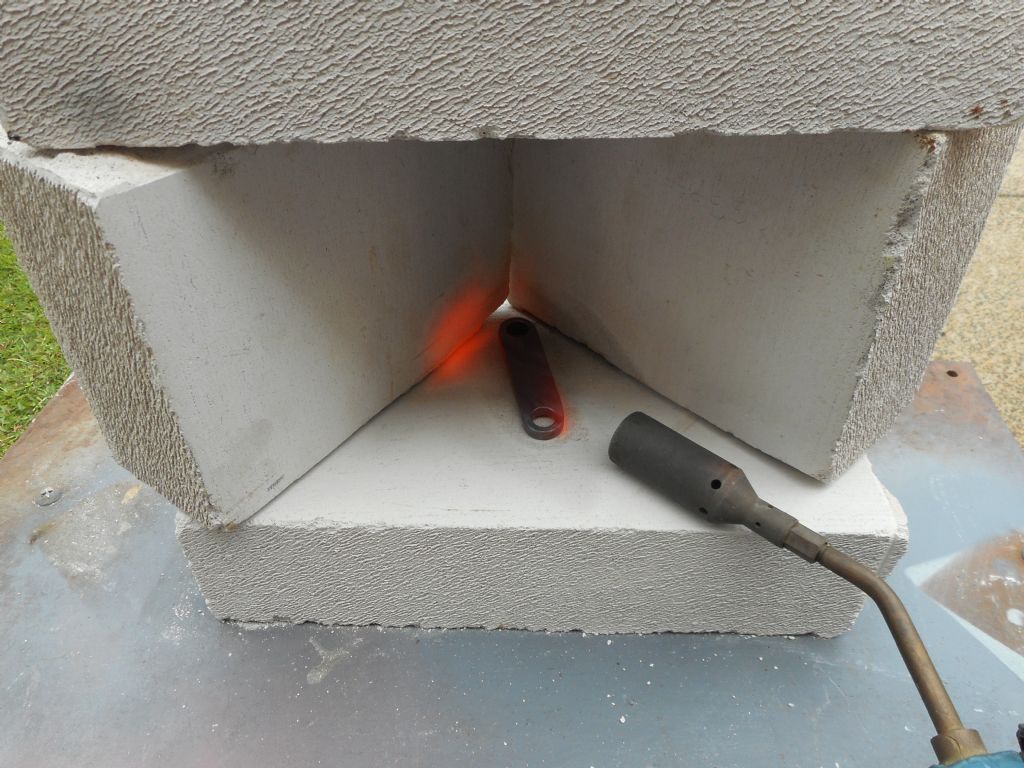
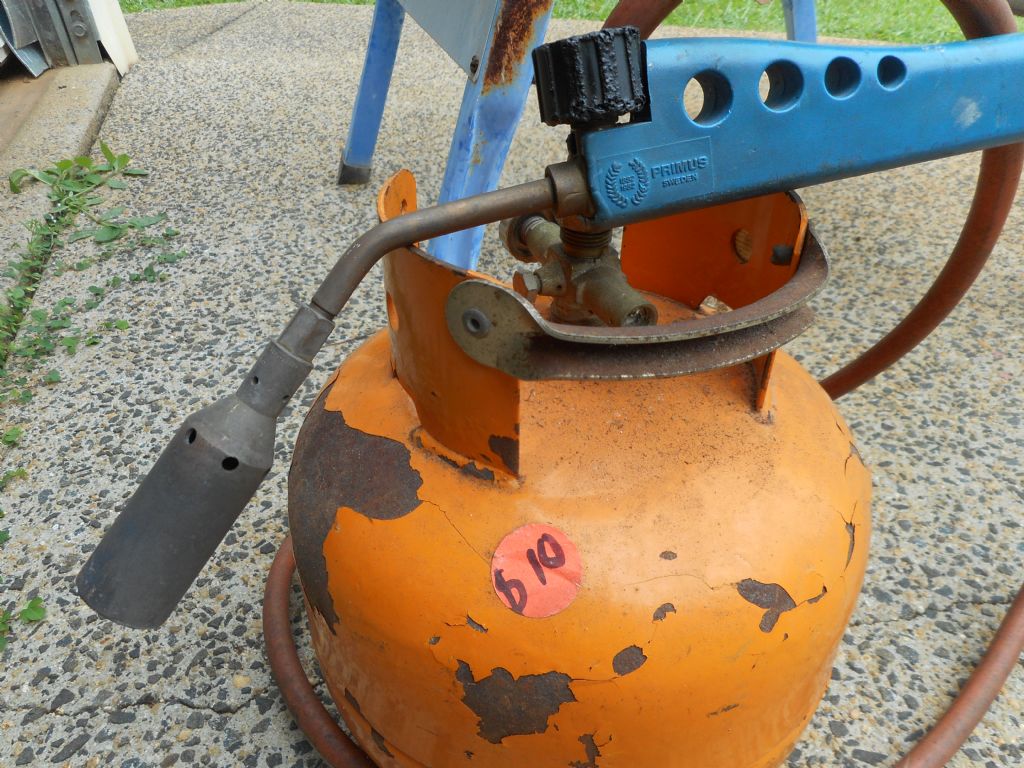
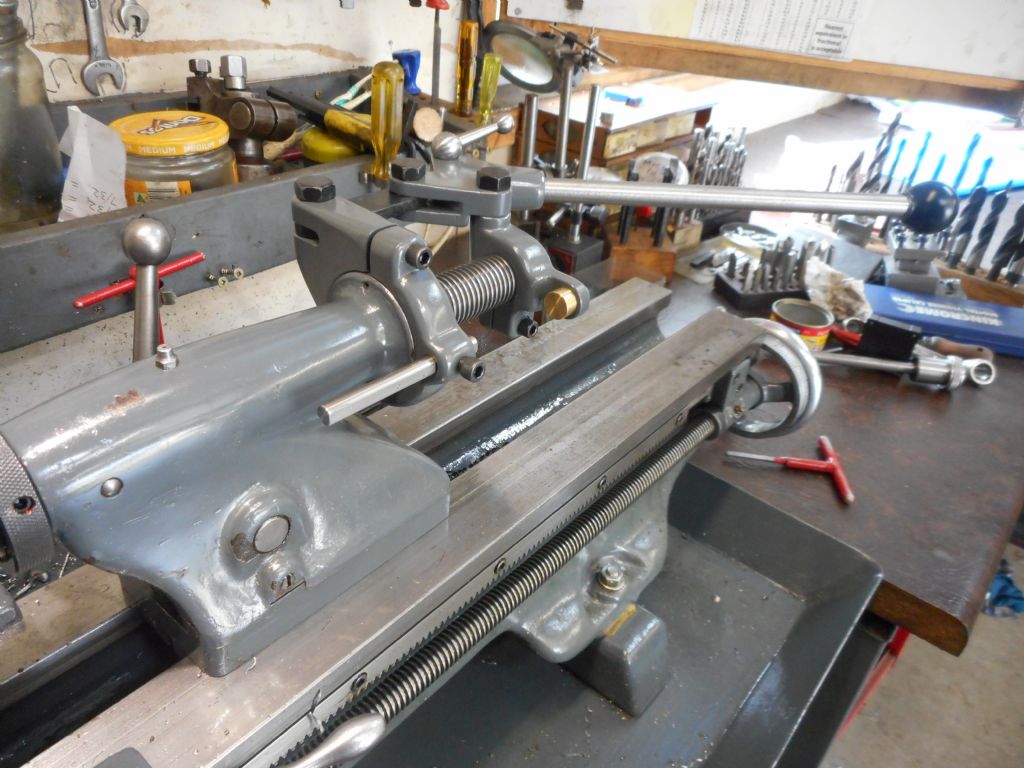
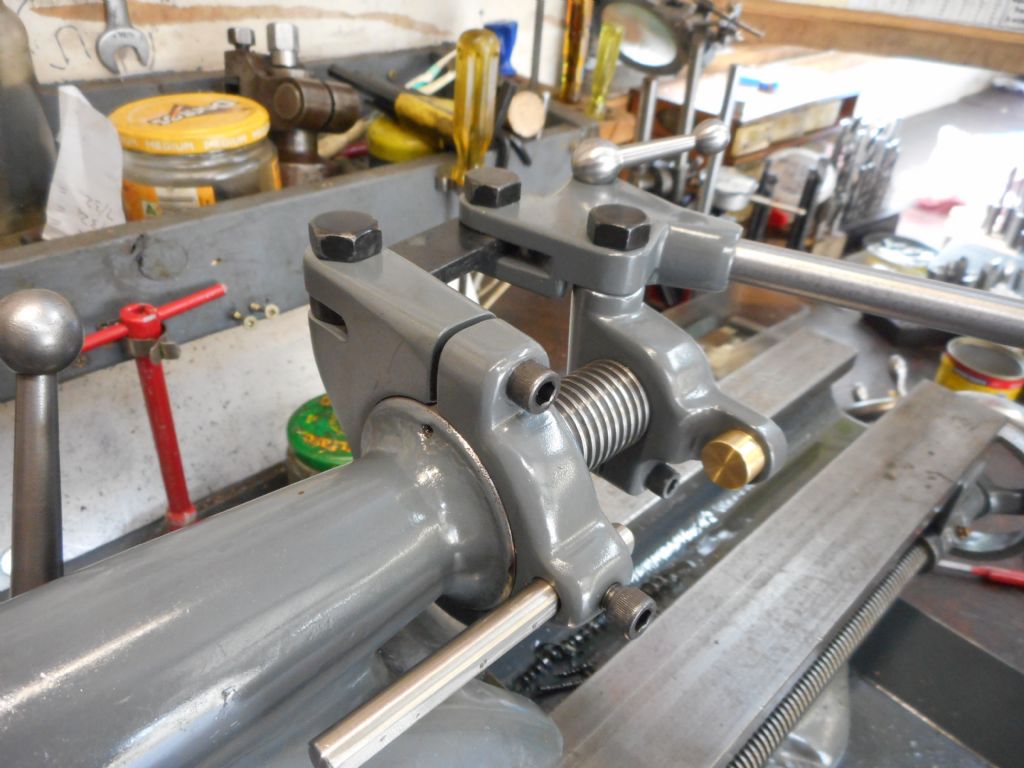
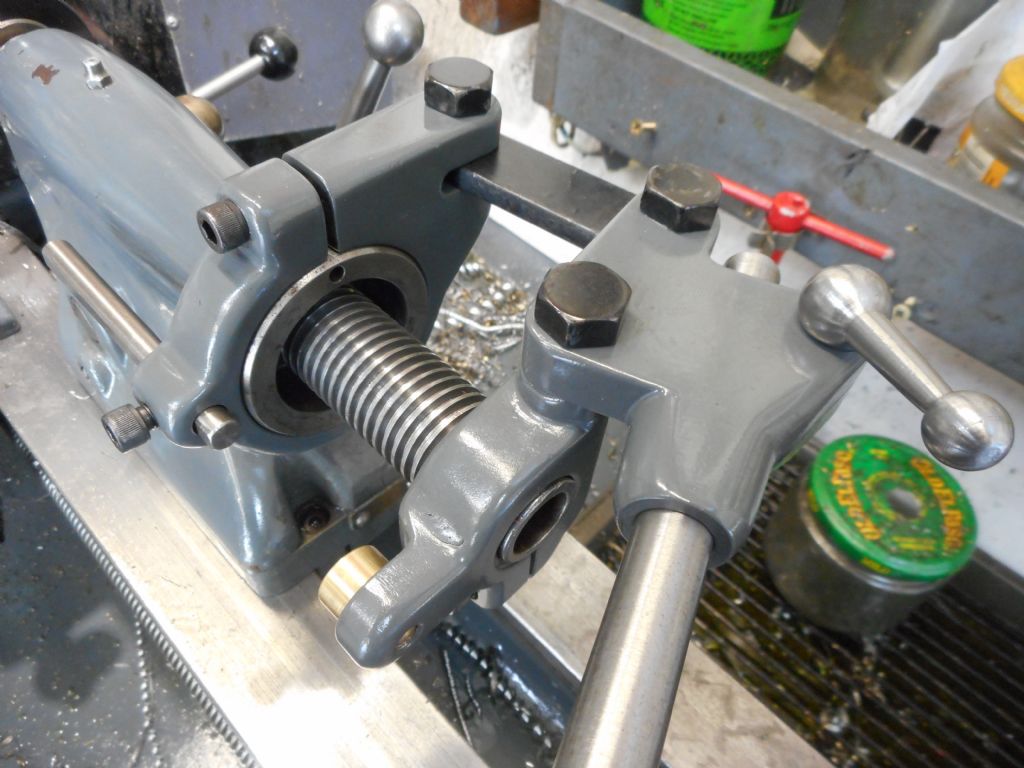
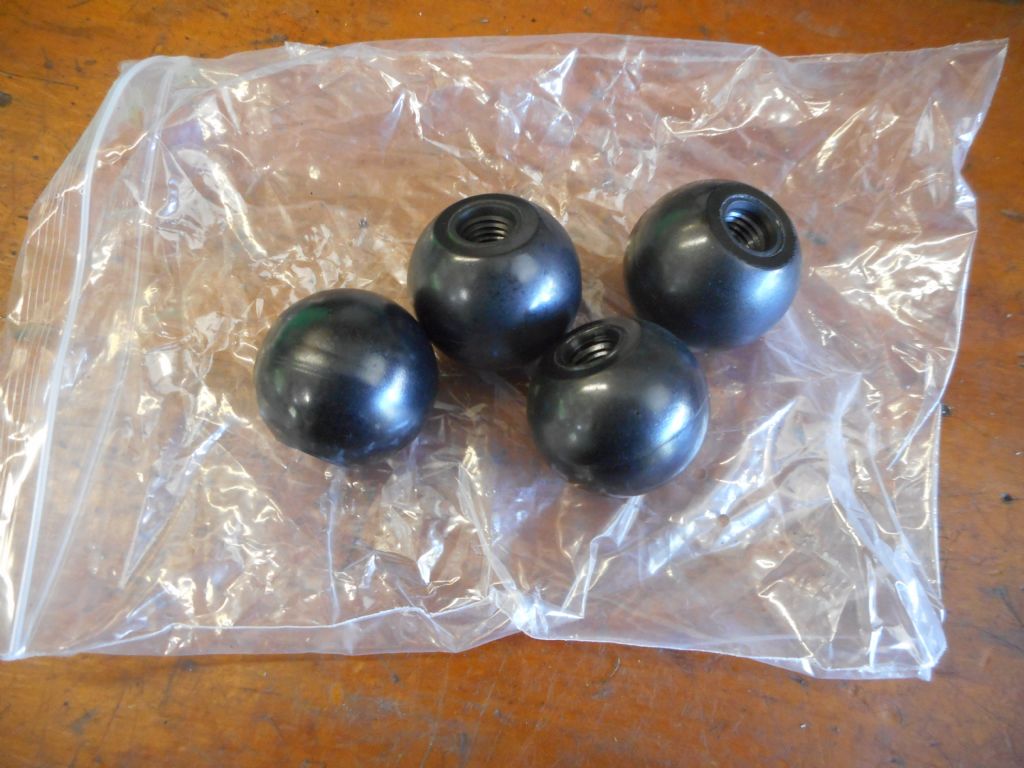
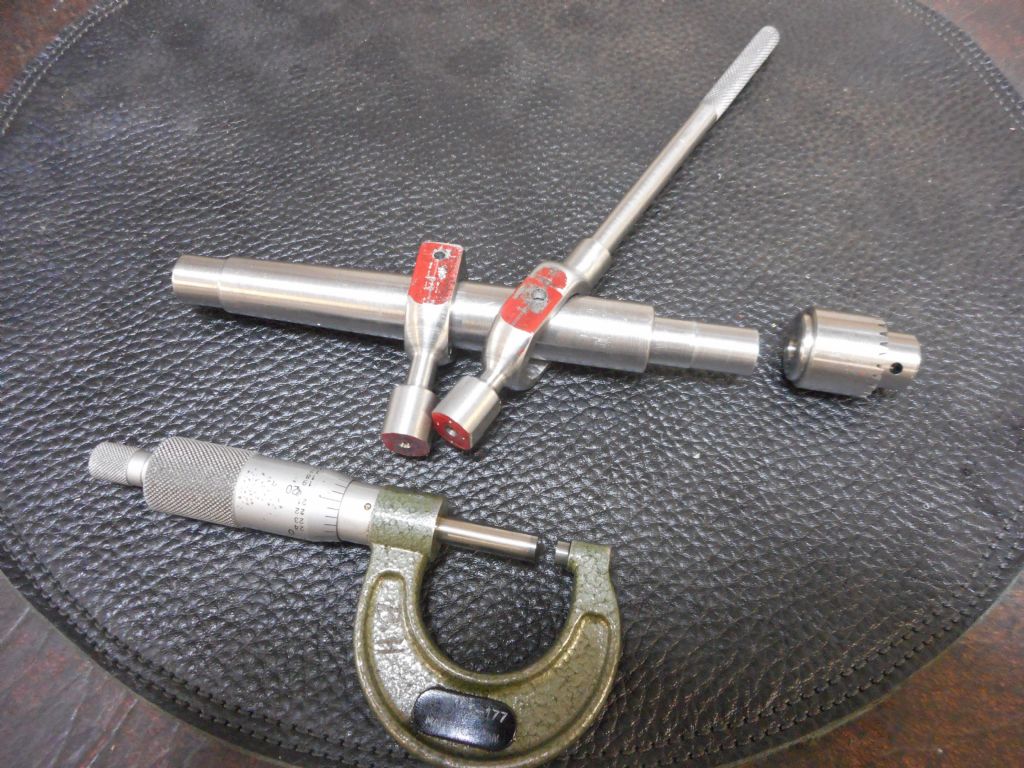
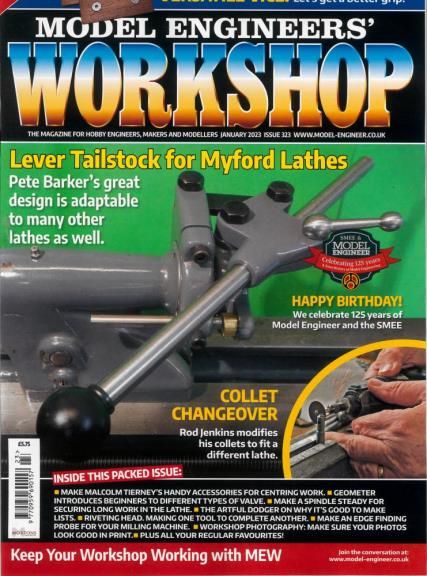
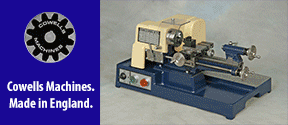

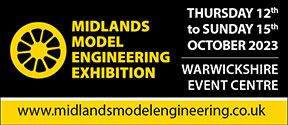
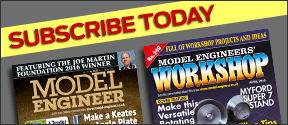





 Register
Register Log-in
Log-in


